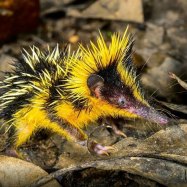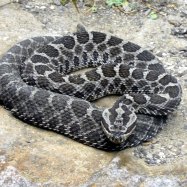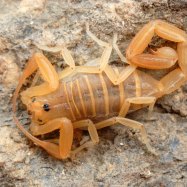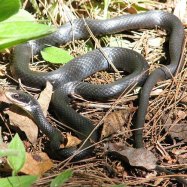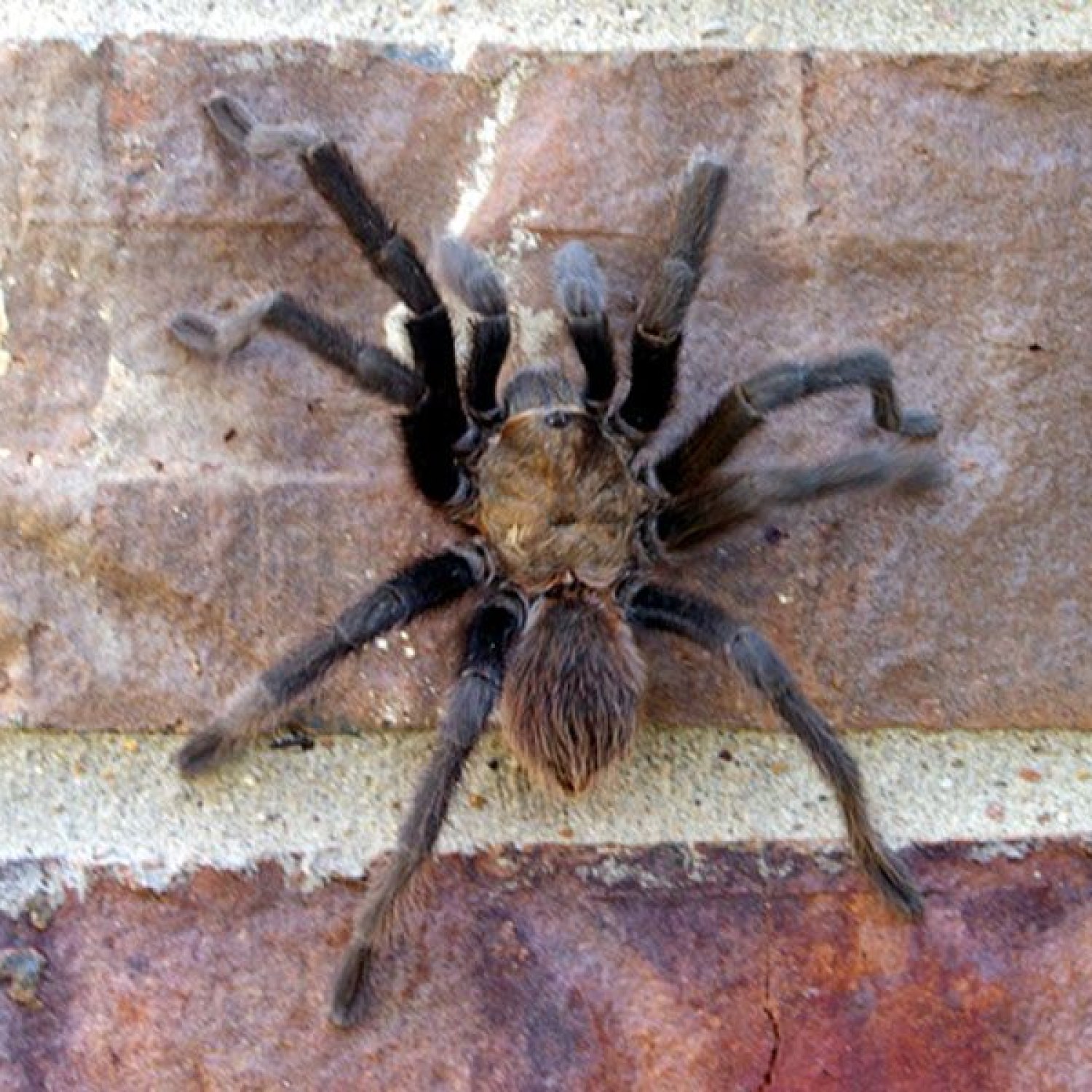
Texas Brown Tarantula
4 to 5 inches
The Texas Brown Tarantula, also known as the T. Category, is a fascinating arachnid found in Texas. With a body length of 4 to 5 inches, it belongs to the Theraphosidae family and has a large and compact body shape. Despite their intimidating appearance, these gentle creatures are harmless to humans. #TexasBrownTarantula #Theraphosidae #TexasAnimals
Animal Details Summary:
Common Name: Texas Brown Tarantula
Kingdom: Animalia
Habitat: Grasslands, deserts, scrublands
The Texas Brown Tarantula: A Fascinating Arachnid of the Southern United States
Within the vast and diverse animal kingdom, there are creatures that often strike fear and fascination in the hearts of humans. One such creature is the Texas Brown Tarantula, also known by its scientific name, Aphonopelma hentzi. This large arachnid is a common resident of the Southern United States, primarily found in the grasslands, deserts, and scrublands of Texas. But despite its intimidating appearance, the Texas Brown Tarantula is a fascinating and vital species in its ecosystem Texas Brown Tarantula.The Classification of the Texas Brown Tarantula
The Texas Brown Tarantula belongs to the Kingdom Animalia, which includes all animals on Earth. Within this kingdom, they are classified under the Phylum Arthropoda, which is a diverse group of invertebrates that are characterized by their segmented bodies and jointed appendages. Specifically, the Texas Brown Tarantula falls under the Class Arachnida, which includes spiders, scorpions, and ticks.Within the Class Arachnida, the Texas Brown Tarantula belongs to the Order Araneae, which includes all spiders. More specifically, they are part of the Family Theraphosidae, which contains over 900 species of tarantulas. This family is also known as the "true tarantulas" and includes some of the largest and most intimidating spiders in the world.
Habitat and Distribution
As their common name suggests, the Texas Brown Tarantula is primarily found in the state of Texas. They can also be found in other areas of the Southern United States, such as Oklahoma, Kansas, and Missouri. In terms of habitat, they thrive in dry and open areas, such as grasslands, deserts, and scrublands Tasmanian Tiger Snake.Within these habitats, the Texas Brown Tarantula can be found living in burrows or under rocks. They also have the ability to create silk-lined dens in the ground, where they retreat during extreme weather conditions and to molt their exoskeleton. These burrows can reach up to 18 inches in depth and are often reused by different tarantulas.
Feeding Methods
The Texas Brown Tarantula is a carnivorous species, which means they hunt and feed on other animals for sustenance. Despite their large size, they are not aggressive towards humans and are not considered a significant threat. Their primary prey includes insects, such as grasshoppers and beetles, as well as small reptiles, frogs, and rodents.To capture their prey, the Texas Brown Tarantula uses their sharp fangs to inject venom, which paralyzes their victims. They then use their strong front legs to maneuver and hold onto their prey while they consume it. As nocturnal hunters, they rely heavily on their excellent sense of touch to detect vibrations and movements in their environment.
Physical Characteristics
The Texas Brown Tarantula has a distinctive appearance that makes it easily recognizable. They have a large and compact body shape, with a leg span of up to 10 inches. Their bodies are covered in hair, which helps them detect vibrations and sense their environment. Their coloration can range from dark brown to reddish-brown, with some individuals having a slightly metallic sheen.One of the most noticeable features of the Texas Brown Tarantula is its eight spindly legs, which help them move gracefully and with agility. These legs also have small, hooked claws at the end, which allow them to grip onto surfaces and climb. Their front legs are particularly large and are used for capturing and holding onto prey.
Life Cycle and Behavior
The Texas Brown Tarantula has a relatively long lifespan, with females living up to 20 years and males living up to 10 years. During the breeding season, which occurs in the fall, males will wander in search of a mate. When a male finds a female, he will tap his legs against her burrow to alert her of his presence. If she accepts him as a mate, they will engage in a dance where the male deposits his sperm on a thread of silk, and the female will then collect it with her reproductive structures.After mating, the female will lay up to 2,000 eggs, which she will guard and protect until they hatch into spiderlings. These spiderlings will stay with their mother until they are ready to leave and venture out on their own. Females can also go through multiple reproductive cycles in their lifetime.
As a species, the Texas Brown Tarantula has a docile and solitary nature and will only interact with other tarantulas during mating and occasional cannibalistic encounters. They are also known to be cryptic and prefer to stay hidden in their burrows, only venturing out at night to hunt and mate.
Conservation Status
The Texas Brown Tarantula is not currently listed as a species of concern by any major conservation organizations. They have a wide distribution and are not facing any significant threats to their population. However, like many other species, they are vulnerable to habitat destruction and pesticides, which can harm them and their prey.Humans and the Texas Brown Tarantula
Humans have long been fascinated and fearful of spiders, and the Texas Brown Tarantula is no exception. However, these spiders play a critical role in their ecosystem, controlling insect populations and serving as a food source for other animals. They also have medicinal value, with their venom being used in the development of pain relievers and antivenom.In some Native American cultures, the Texas Brown Tarantula is seen as a symbol of patience, balance, and trust due to their solitary and calm nature. However, they are sometimes mistreated and even killed simply because of their appearance and perceived danger. It is essential to remember that these spiders are an important part of their ecosystem and should be treated with respect and appreciation.
In Conclusion
The Texas Brown Tarantula may not be the most beloved creature, but it is undoubtedly a fascinating and essential species. From their classification within the animal kingdom to their behavior and role in their environment, these spiders have many interesting aspects that make them worth learning about. So the next time you encounter a Texas Brown Tarantula, remember to appreciate its impressive features and respect its place in the natural world.

Texas Brown Tarantula
Animal Details Texas Brown Tarantula - Scientific Name: Aphonopelma hentzi
- Category: Animals T
- Scientific Name: Aphonopelma hentzi
- Common Name: Texas Brown Tarantula
- Kingdom: Animalia
- Phylum: Arthropoda
- Class: Arachnida
- Order: Araneae
- Family: Theraphosidae
- Habitat: Grasslands, deserts, scrublands
- Feeding Method: Carnivorous
- Geographical Distribution: Southern United States, primarily in Texas
- Country of Origin: United States
- Location: Texas
- Animal Coloration: Brown, dark brown, or reddish-brown
- Body Shape: Large and compact
- Length: 4 to 5 inches

Texas Brown Tarantula
- Adult Size: Females: larger and heavier than males
- Average Lifespan: 10 to 20 years
- Reproduction: Sexual
- Reproductive Behavior: Males perform courtship rituals and deposit sperm on a web mat
- Sound or Call: No known sounds or calls
- Migration Pattern: Non-migratory
- Social Groups: Solitary
- Behavior: Nocturnal
- Threats: Habitat loss, pesticides
- Conservation Status: Not listed as endangered or threatened
- Impact on Ecosystem: Predator of insects and other small invertebrates
- Human Use: Kept as pets
- Distinctive Features: Large size, hairy body
- Interesting Facts: Females can live up to 30 years in captivity
- Predator: Birds, reptiles, mammals
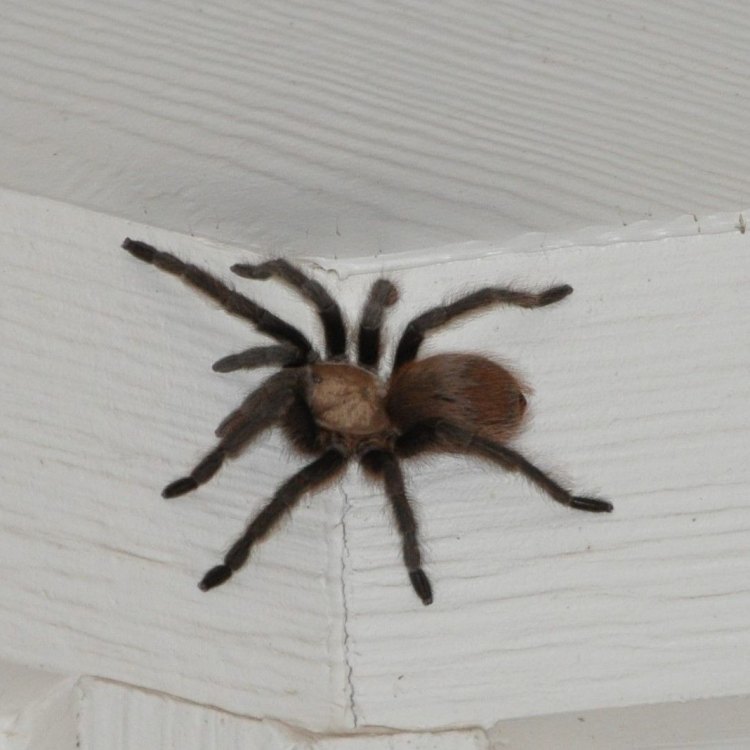
Aphonopelma hentzi
The Fascinating World of the Texas Brown Tarantula: A Guide to North America's Largest Spider
The mention of tarantulas typically conjures up images of giant hairy spiders that are found in remote rainforests or deserts. However, did you know that there is a species of tarantula that calls North America home? The Texas Brown Tarantula, also known as the Texas Brown or Mexican Blonde, is a large and impressive species that can be found in various parts of Texas, New Mexico, Arizona, and Oklahoma.In this article, we will delve into the unique features, behavior, and impact of the Texas Brown Tarantula, and uncover its often misunderstood nature.
Physical Characteristics
One of the most striking characteristics of the Texas Brown is its size PeaceOfAnimals.Com. Females can grow up to 5 inches in length, making them one of the largest species of tarantula in North America. On average, they are larger and heavier than males, with an adult male reaching a maximum size of 4 inches. Their bodies are covered in long, dense hairs that give them a furry appearance and provide protection from predators.In terms of color, the Texas Brown can vary from light brown to reddish-brown or even dark black. They also have distinctive markings on their abdomens, with some individuals having a dark triangle pattern and others having a gold stripe down the center.
Lifespan and Reproduction
The average lifespan of a Texas Brown Tarantula is 10 to 20 years, with females living longer than males. Interestingly, females can live up to 30 years in captivity, making them one of the longest-lived tarantulas in the world. This longevity adds to their appeal as pets.Like most tarantulas, the Texas Brown reproduces sexually Tamaskan. Males demonstrate elaborate courtship rituals to attract females, ranging from drumming their abdomens to performing synchronized dances. If a female is receptive, the male will deposit a sperm sac on a web mat and then guide the female to it for fertilization.
Social Behavior and Migration
Contrary to popular belief, the Texas Brown Tarantula is not a social creature. They are solitary and prefer to live alone, only coming together for reproduction. They are also nocturnal, meaning they are most active at night and spend their days hidden in burrows or under rocks.One unique aspect of the Texas Brown's behavior is its lack of migratory patterns. Unlike other species of tarantulas that may move to new locations in search of food or mating opportunities, the Texas Brown prefers to stay in one place throughout its lifetime.
Threats and Conservation
Despite their impressive size and appearance, the Texas Brown Tarantula is facing several threats in its natural habitat. One of the most significant threats is habitat loss due to urbanization and development. As more of their natural habitat is destroyed, the Texas Brown's numbers are decreasing.Another danger to their population is the use of pesticides. These chemicals can have a detrimental impact on not only the tarantulas but also other insects and invertebrates that make up their diet. This, in turn, affects the entire ecosystem.
Fortunately, the Texas Brown Tarantula is not currently listed as endangered or threatened. However, it is essential to continue monitoring their populations and take steps to protect their habitats to ensure their survival.
Role in the Ecosystem
As with most species, the Texas Brown Tarantula plays a crucial role in its ecosystem. As predators, they feed on insects and other small invertebrates, helping to control their populations. This makes them an essential part of the food chain. They also provide a food source for other predators, such as birds, reptiles, and mammals.Human Interaction and Use
With their large size and hairy bodies, it's no surprise that the Texas Brown Tarantula may evoke fear in some humans. However, they are generally docile and non-aggressive creatures that prefer to retreat rather than attack. In fact, their venom is relatively mild and not considered dangerous to humans, with the exception of rare allergic reactions.On the other hand, the Texas Brown Tarantula is a popular species for those looking to keep tarantulas as pets. Due to their large size, they require a spacious enclosure and need to be handled with care. It is also essential to ensure that the tarantula was obtained ethically and not illegally collected from the wild.
Distinctive Features and Interesting Facts
Other than their large size and hairy body, the Texas Brown Tarantula has a few other distinctive features. One is their ability to flick urticating hairs from their abdomens when threatened, which can cause irritation or a mild allergic reaction in some individuals. They can also regenerate lost limbs, and some females have been known to grow a new leg after molting.An interesting fact about the Texas Brown Tarantula is that the females can live up to 30 years in captivity, as previously mentioned. This longevity is one of the reasons why they are a popular pet choice among tarantula enthusiasts. However, it is essential to remember that they are still wild animals and require special care and attention.
The Misunderstood Tarantula
Despite their intimidating appearance and portrayal in popular culture as aggressive creatures, the Texas Brown Tarantula is a misunderstood species. They are vital members of their ecosystem, and their docile nature makes them a suitable pet for experienced owners. By learning about their behavior and unique features, we can appreciate these creatures for the fascinating species they are.In conclusion, the Texas Brown Tarantula may not be the friendly neighborhood spider, but it is a fascinating and essential part of North America's ecosystem. With their large size, impressive lifespan, and distinctive features, the Texas Brown continues to capture the curiosity and interest of humans. Let's continue to protect and appreciate these creatures and their role in the natural world.
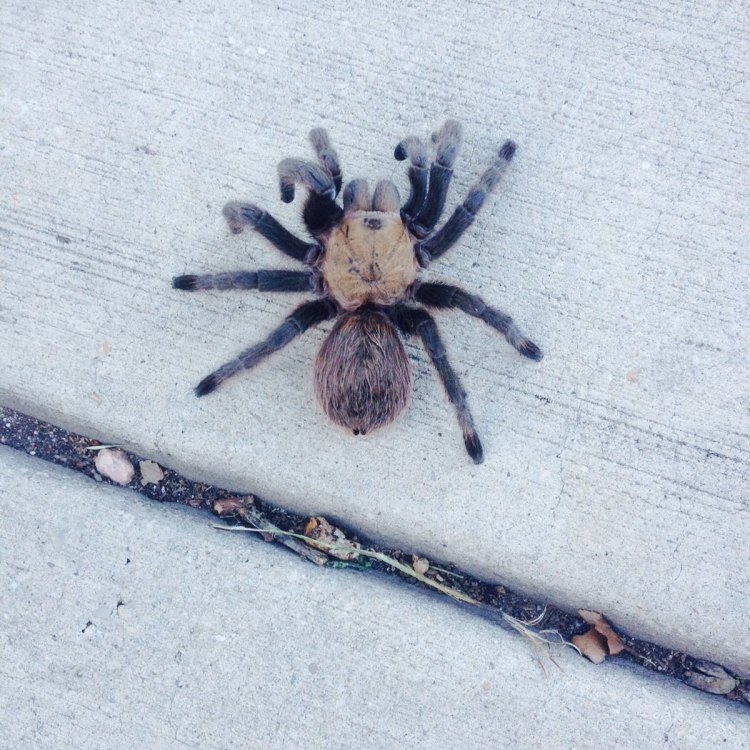
The Texas Brown Tarantula: A Fascinating Arachnid of the Southern United States
Disclaimer: The content provided is for informational purposes only. We cannot guarantee the accuracy of the information on this page 100%. All information provided here may change without prior notice.

